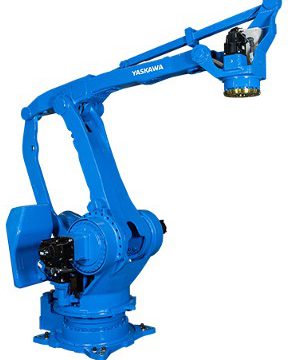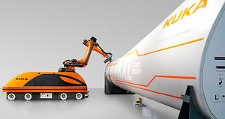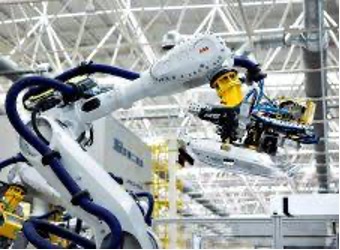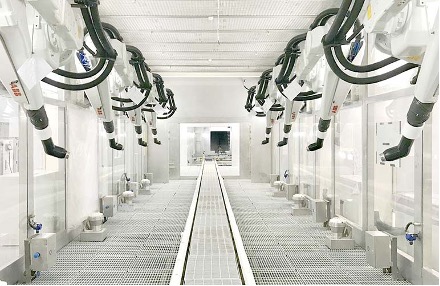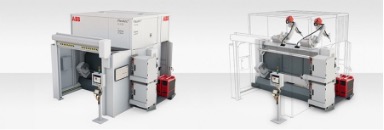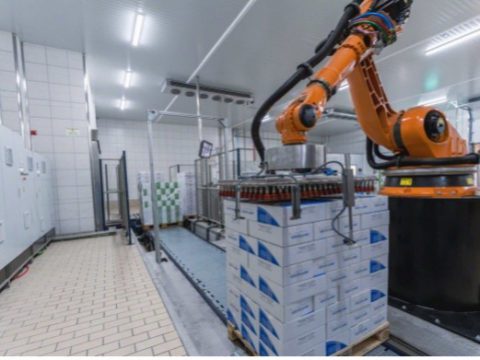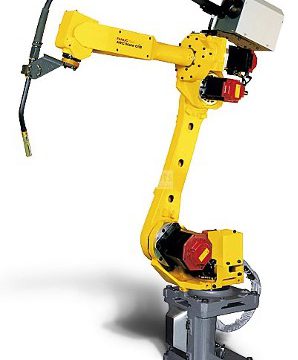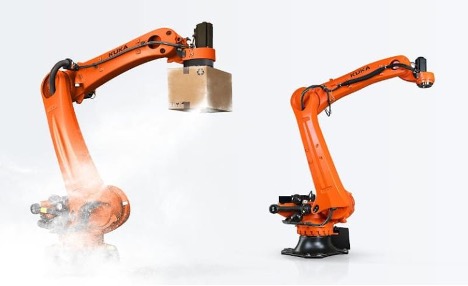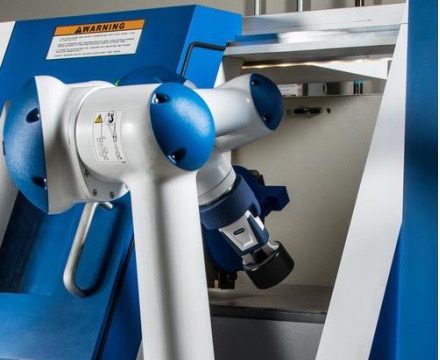PALLETISING WITH THE NEW YASKAWA PL800 SERIES
The PL800 is a versatile and powerful 4-axis robot that offers high performance in palletising applications and many other logistics applications for automation and end-of-line packaging options. The North and South American markets for the Yaskawa Motoman PL800 palletising robot are now open. The robot has been created for “palletising applications, layer picking and other

